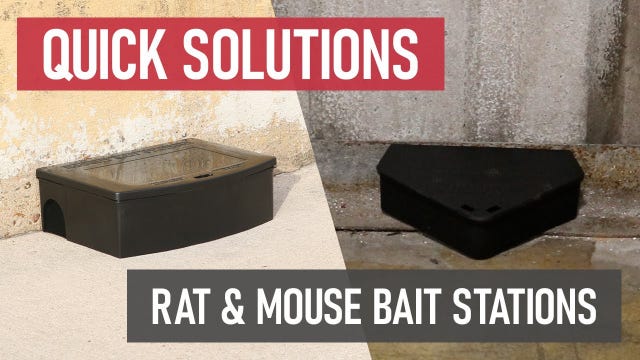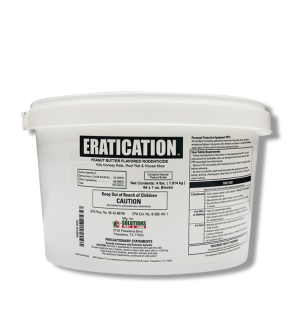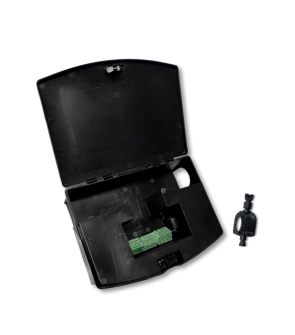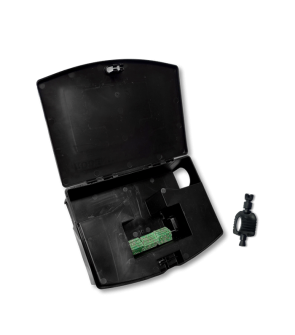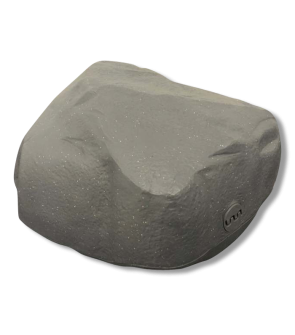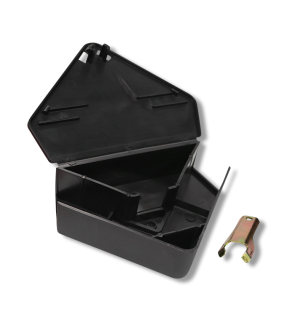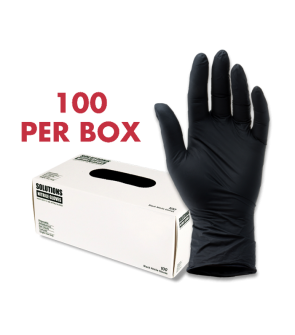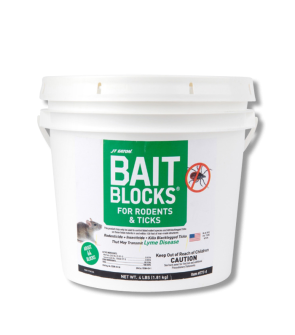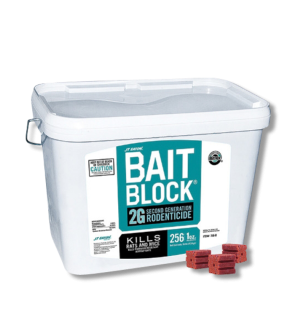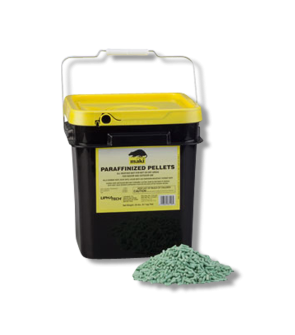Gain access to personalized product screening, the best pricing, rewards, and more!
Most Effective Products
How to Use Rodent Bait Stations
Controlling the damage caused by rats and mice often involves using rodenticides. Many rodenticides on the market must be used with a tamper-proof bait station.
Though it may seem useless, these bait stations are necessary to prevent children, pets, and other foraging wildlife from consuming poisoned deceased rodents or the bait itself. But how do you choose, how do they work, and are they safe to use around your family and pets?
If you wish to use this type of pest control, it's best to prepare yourself with critical information, as suggested in our DIY guide.
Choose Your Product and Tool
Before you begin any rodenticide control program, you will need to use tamper-proof bait stations. Some common examples of these are shown below:
Mouse Bait Station
- Used for house mice and deer mice control.
- Primarily applied outdoors and indoors.
Rat and Mouse Bait Station
- Used for roof rats, Norway rats, and mice control.
- It can be used indoors and outdoors.
Anchored Bait Station
- Used for roof rats, Norway rats, and mice control.
- Mainly used for outdoors.
Landscape Bait Station
- Used for rats and mice.
- Only for discreet outdoor use.
Rodent Baits
- They come in many different forms and determine the type of bait station to use per their product label. Examples of rodent bait formulations are blocks, soft baits, or pellets.
Personal Protective Equipment (PPE)
- Long Sleeved Shirts
- Closed-toed shoes with socks
- Safety glasses
- Masks
- Respirators
- Chemical suits
- Coveralls
- Chemical-resistant gloves
How to Use
Before using your selected rodenticide and bait station, wear personal protective equipment (PPE) such as gloves. This type of protective wear will protect you from rodenticides and help prevent rats or mice from detecting your scent on the used products.
Rodents are very cautious and weary of anything new in their environment, so if they smell you on the bait stations, they will avoid it for some time.
Rodent baits will come in different groups known as 1st-generation Anticoagulant, 2nd-generation Anticoagulant, or Non-anticoagulant.
First-Generation Anticoagulants (FGARs) require multiple feedings over consecutive days. They are less acutely toxic and are more desirable in sensitive areas like residential neighborhoods or parks.
Second-Generation Anticoagulants (SGARs) only require a single feeding but pose a greater risk to wildlife and domestic animals.
Non-Anticoagulants (NAR) target alternative systems and vary in function. For example, bromethalin affects the nervous system, while zinc phosphide results in heart and kidney failure.
We suggest using an FGAR like Eratication Rodent Bait first since this will allow most of the rat and mouse population to consume the bait and perish.
Step 1: Determine How Many Bait Stations to Use
 Determine how many bait stations to use by finding the square footage of the treatment area. To find the square footage, measure the treatment area's length and width in feet, then multiply them together (length X width = square footage).
Determine how many bait stations to use by finding the square footage of the treatment area. To find the square footage, measure the treatment area's length and width in feet, then multiply them together (length X width = square footage).
For example, the Solutions Rat and Mouse Bait Station would use 6 stations for areas less than or equal to 2,000 sq. ft.
Sites with 2,000 to 5,000 sq. ft. will use 12 bait stations.
Treatment areas more than 5,000 sq. ft. will use as many as needed.
Each Solution Rat and Mouse Bait Station will need to be placed no more than 40 feet apart, as rats will never go more than 20 feet from their burrow.
Step 2: Unlock (if needed) and Load the Bait Station
 Your bait station may come with a key; if so, you can use it to unlock the lid. Be sure to wear gloves when handling the bait and stations.
Your bait station may come with a key; if so, you can use it to unlock the lid. Be sure to wear gloves when handling the bait and stations.
Load the proper amount of bait within the bait station based on the rodent you are trying to control. Any present rods within the bait station must be installed as instructed.
If you decide to use Eratication, simply load 2 to 8 blocks depending on the infestation you are trying to control.
Step 3: Close the Lid and Set the Stations

Close the lid to the station until it is secured then set the bait stations around the area you have noticed with any rodent activity.
You will need to set the bait stations along walls and other linear structures with the entrance holes pointed along the walls.
Continue to check the bait stations and replenish the bait according to your rodenticide label.
Where to Use
The location of your bait stations will largely depend on the rodenticide you intend to use, but they are mainly used outdoors. You may use them indoors if needed. Examples of some common sites are listed below:
- Behind shrubbery
- Along fence lines
- Against warehouses, sheds, garages, and other walls and linear surfaces
- Inside basements, attics, garages, and sheds
- Underneath concealed facilities
What to Do After Application
When the rodent infestation has been eliminated, you can store the bait station until you need it again. Unless it is a disposable one where you can throw it away.
If you wish to keep it, there are some things you need to do.
If you are still facing an active infestation, only focus on the first step.
Step 1: Monitor and Replenish Bait Station

Be sure to follow the specific baiting interval on the select rodenticide bait you are using.
Continue to use the bait station until the rats or mice are eliminated.
Step 1: Dispose of Rodents
Once the bait has been consumed and no more rodent activity has been noticed, you will need to properly dispose of any deceased pests in and around the bait station.
Throw away the rodent in a sealed bag within a trash container with a tight-fitted lid that foraging wildlife and pets cannot easily enter.
If you're uncomfortable disposing of the rat or mouse yourself, contact your local animal control office.
Step 2: Clean the Bait Station

What to Expect
Rodents Will Reenter and Exit Stations
Depending on the bait, rats and mice may enter and exit the trap to return to their burrows.
It Takes Some Time to Work
Rodents are very cautious in nature, even more so when something new is placed in their environment such as the bait station.
For this reason, we suggest placing the bait stations along the rodent's pathway. This is commonly seen with pushed-down grass, grease marks along walls, and droppings.
Best to leave the bait stations without bait or snap traps until the rodent has had enough time to become comfortable.
Check Daily
A rodent bait station should be checked daily to remove any deceased pests and to see if the bait has been consumed.
It is best to replace the bait each day so it's more enticing for rodents to consume.
Key Takeaways
Do Rodent Bait Stations Work?
- Yes, rodent bait stations work. To increase their efficiency, it's best to leave the stations empty so rodents can become more accustomed to them.
How Many Bait Stations Do You Need
- The number of bait stations to use will depend on the size of your home, structure, or property and the type of rodent you are trying to control.
Are Rodent Bait Stations Safe
- When used correctly, rodent bait stations are safe to use.






